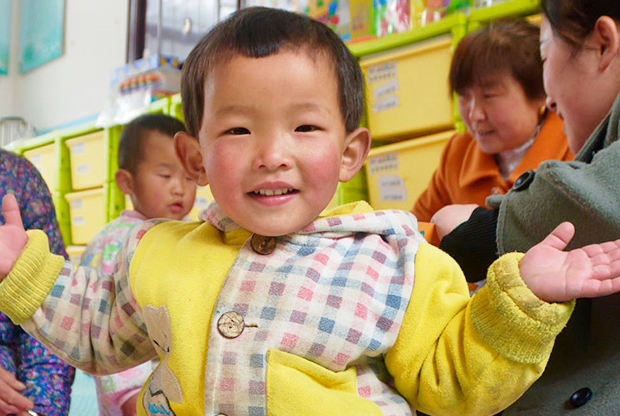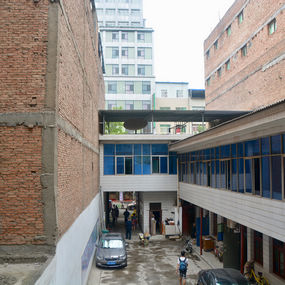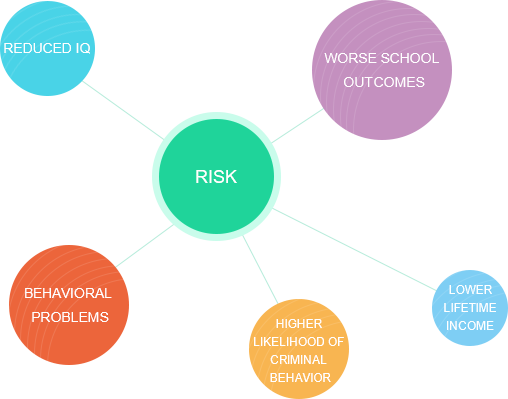In the past decade, China made remarkable progress reducing the number of children vulnerable to poor childhood development.
But at least 17 million children aged 0-3 are still at risk.
This is predominantly a rural problem. Of the 50 million children under 3 in China, nearly half live in vulnerable, rural communities, and nearly 80% of those suffer developmental delays.
While China’s urban children mostly meet international standards for child development, field studies in poor, rural communities find that up to 90% of children harbor delays in at least one domain.
It’s not only remote villages: these deficits pervade all kinds of rural communities.
城市流动人口社区
75%的儿童发展滞后






